Bruno Taut’s Alpine Architektur (1919) is a utopian manifesto of crystalline cities built into the Alps, proposing glass as the medium through which society might achieve harmony and transcendence.
Written and illustrated in the aftermath of World War I, the work imagines an architecture that is not utilitarian but symbolic, a collective artwork intended to transform consciousness and reconcile humanity with nature. Taut’s shimmering Alpine temples and crystalline peaks are both visionary designs and political allegories: architecture as an instrument of social renewal, and beauty as a counterforce to destruction.
From his sketches of colossal glass domes crowning mountaintops to entire landscapes reframed as luminous communal structures, Taut presents Alpine Architektur as an ecstatic refusal of functionalist restraint, envisioning an architecture capable of altering not just skylines but the very spirit of a people.
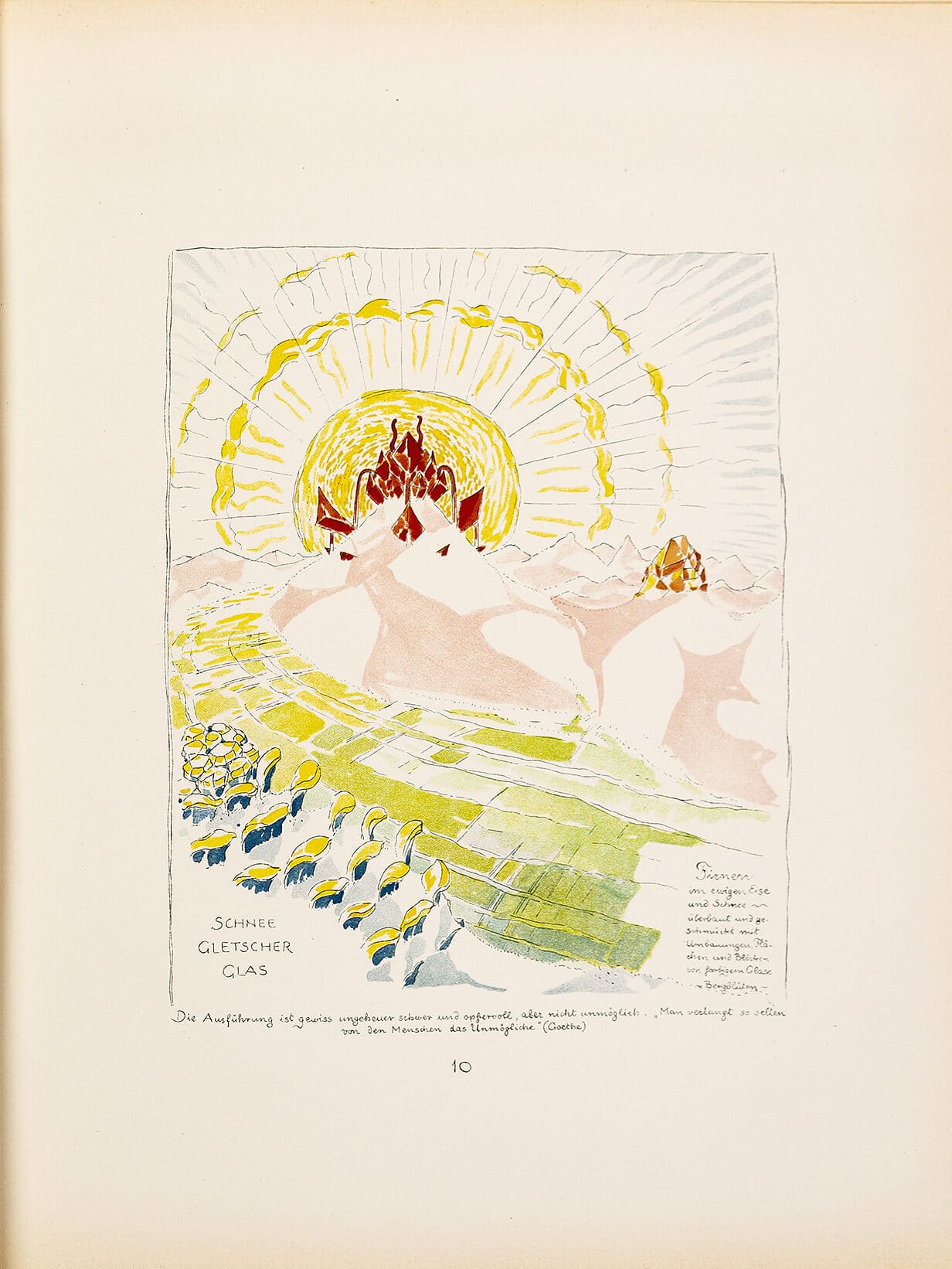
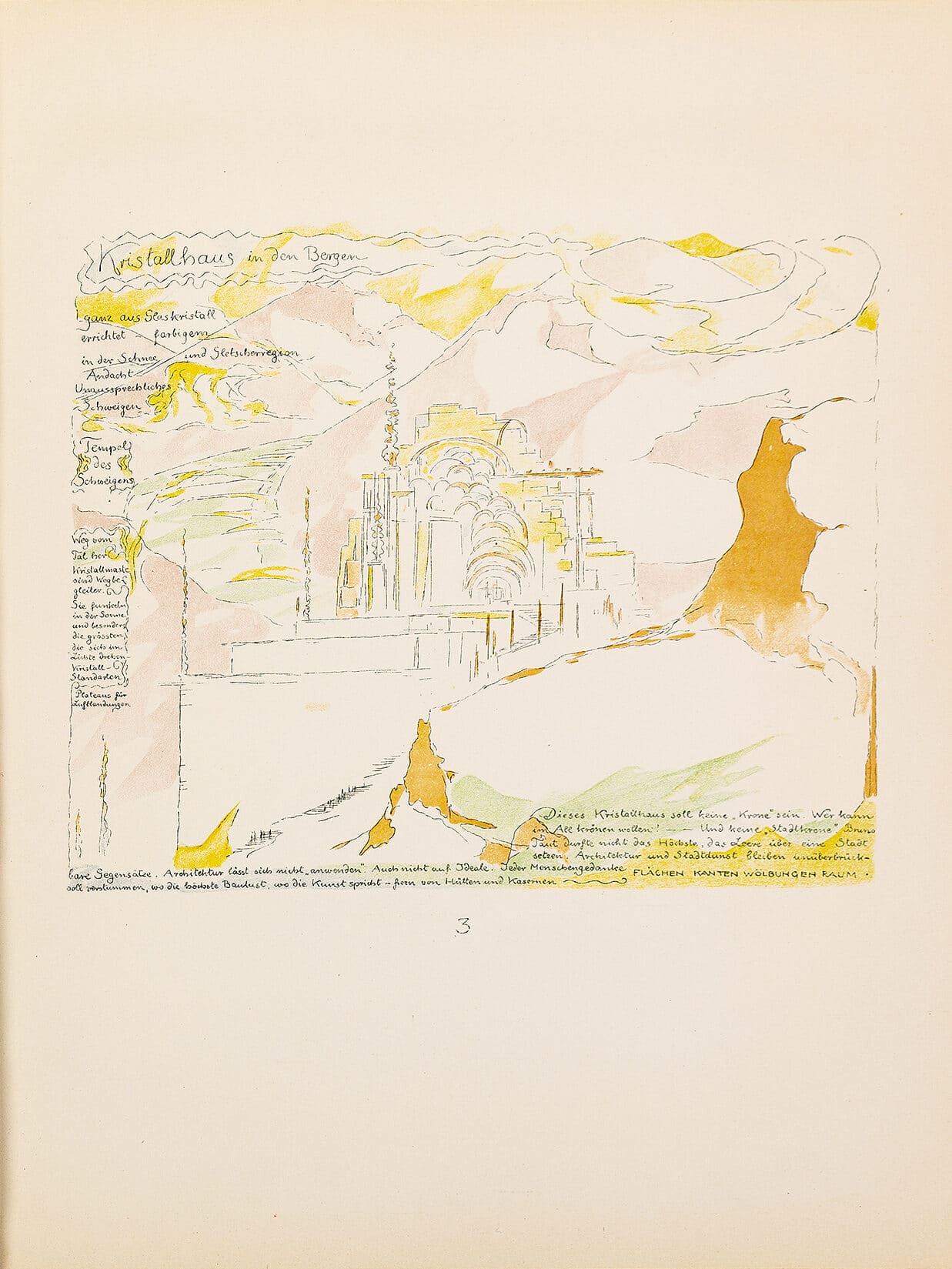
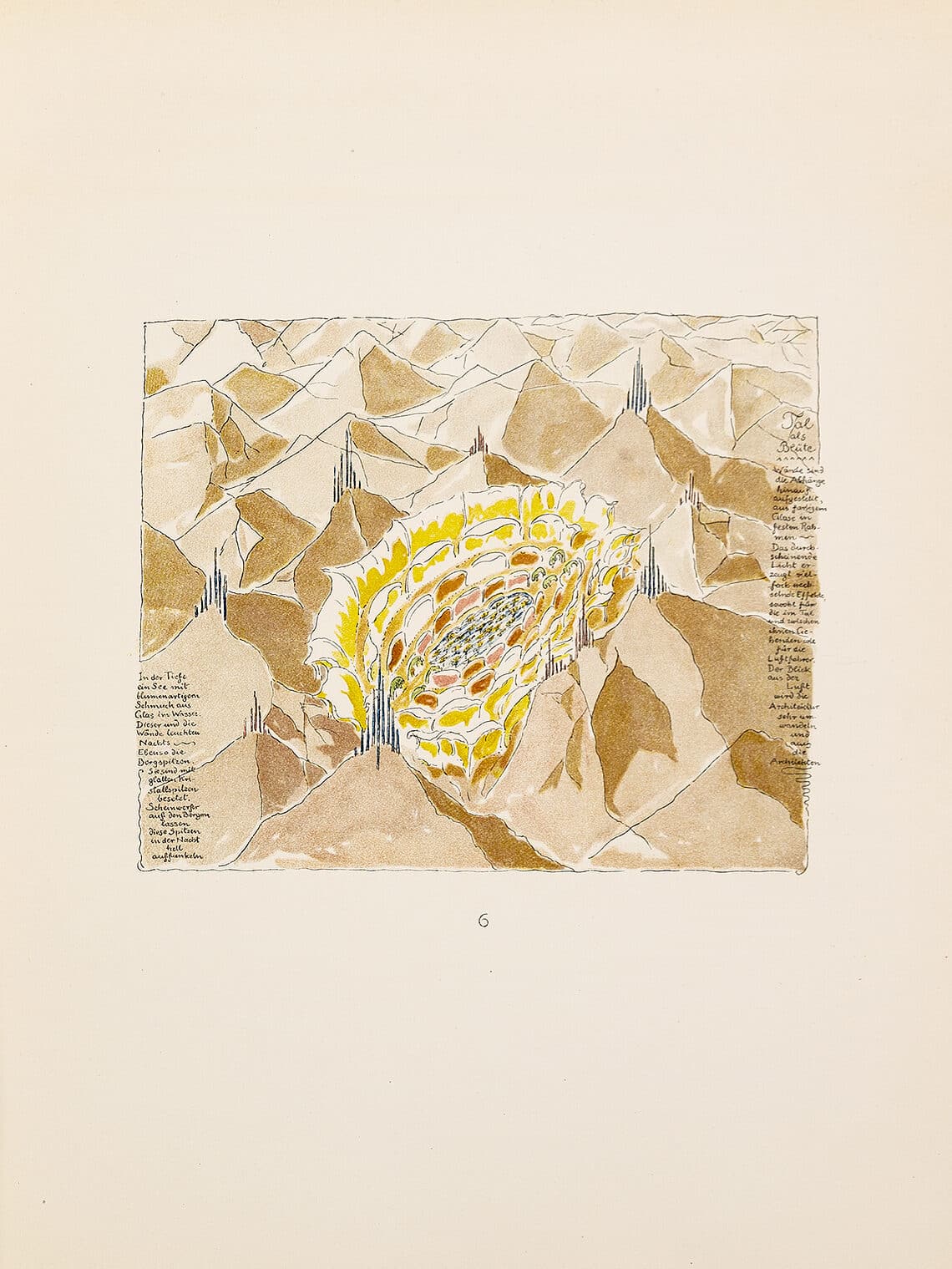
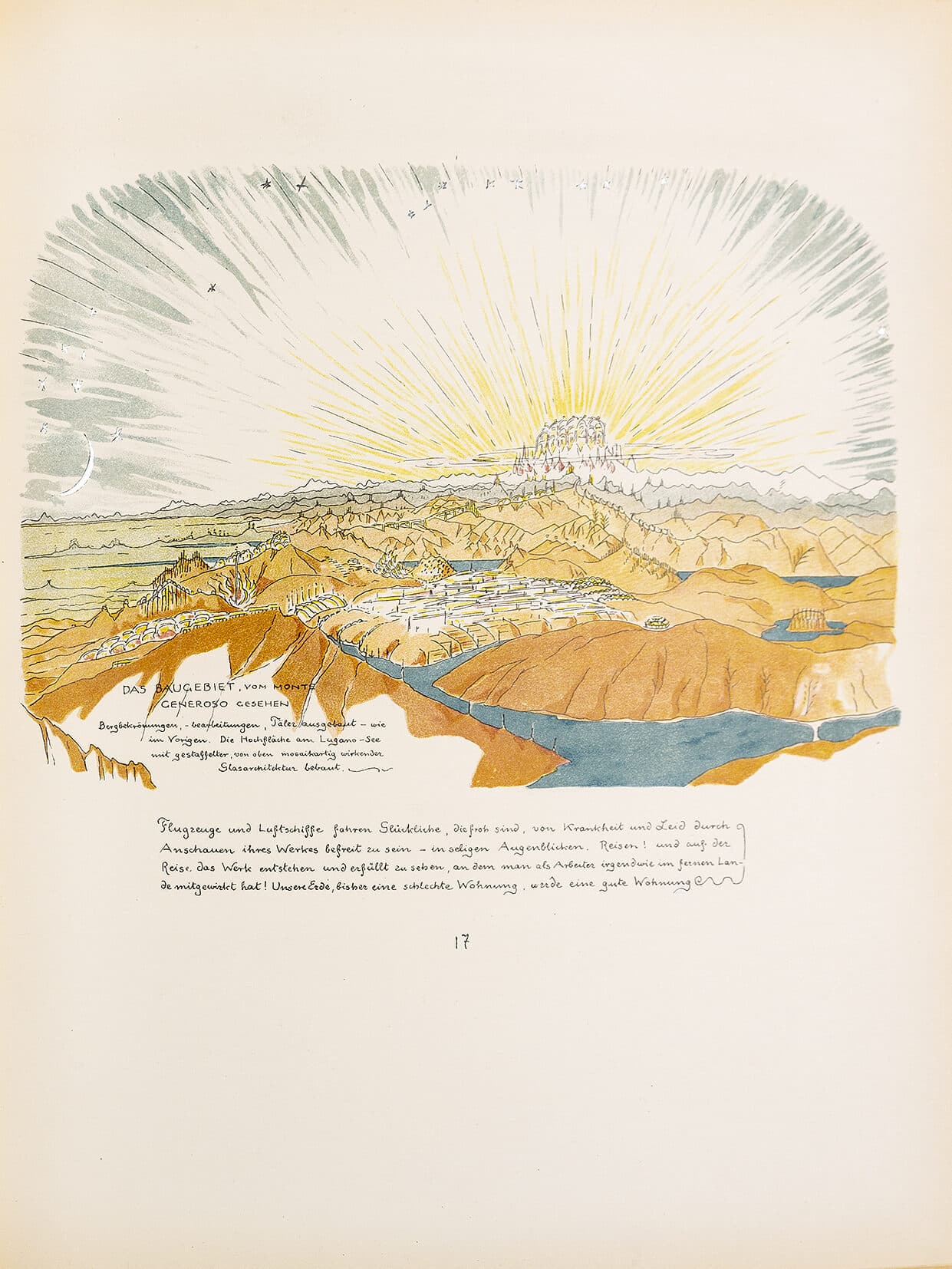
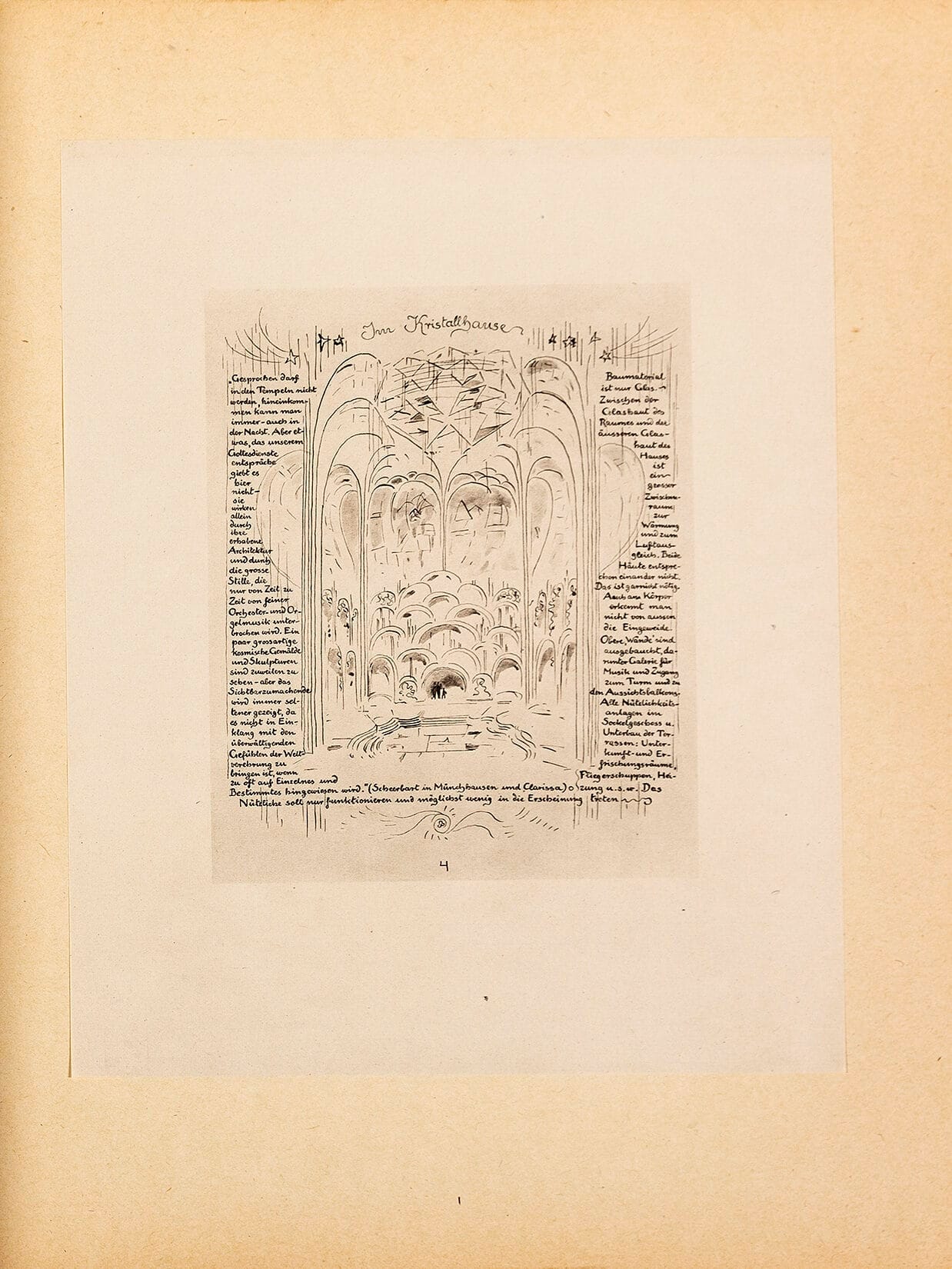
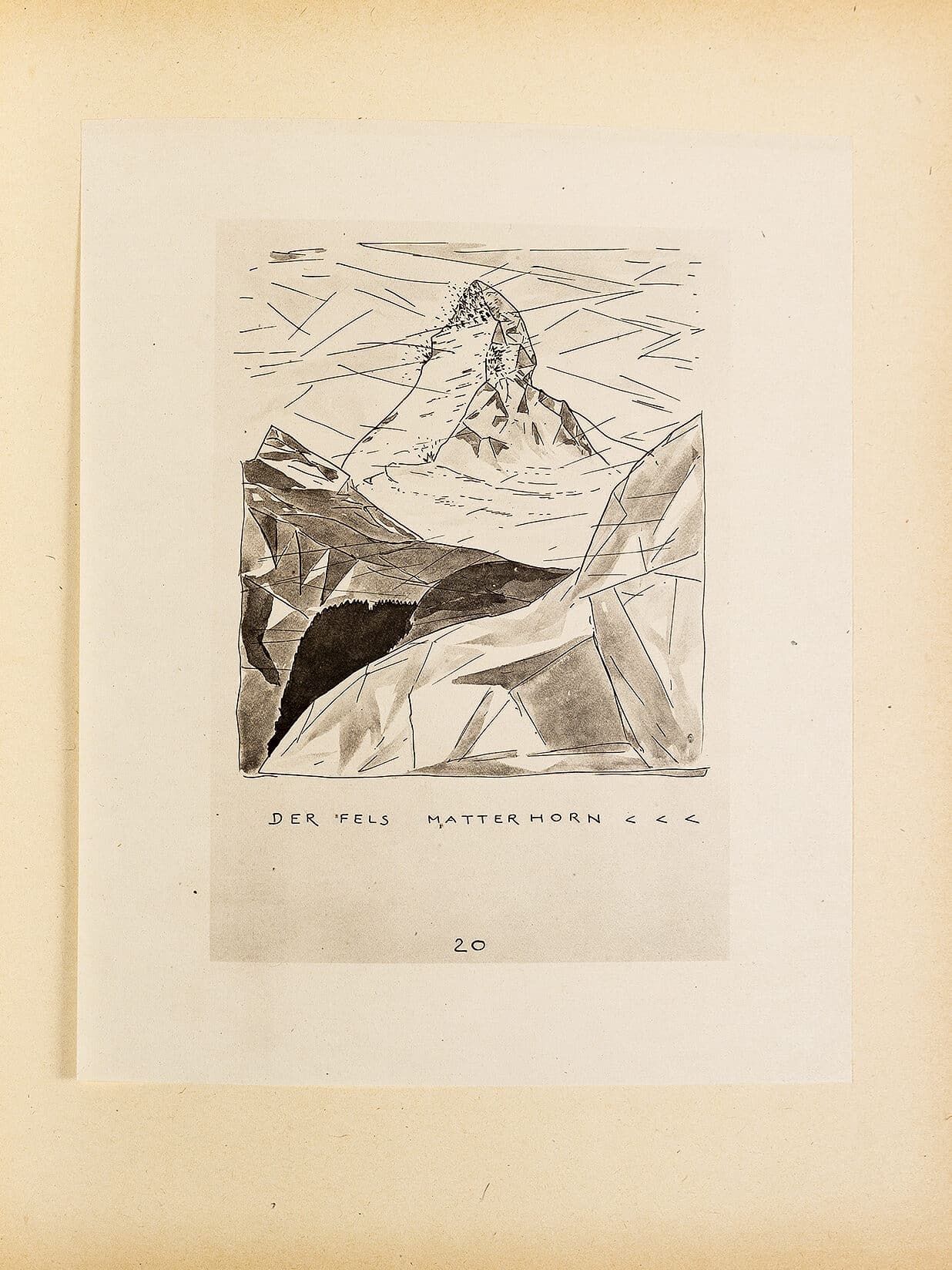
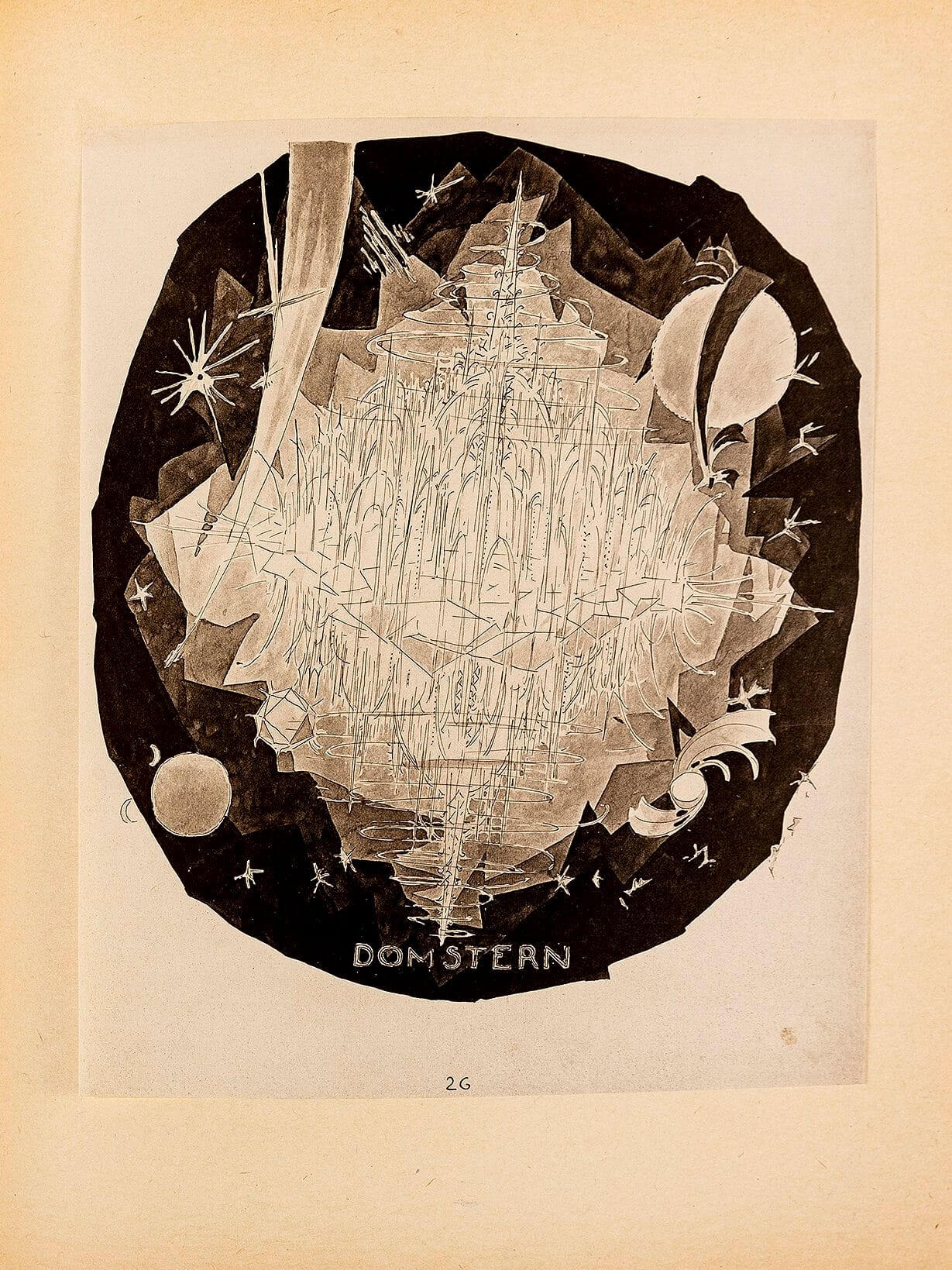
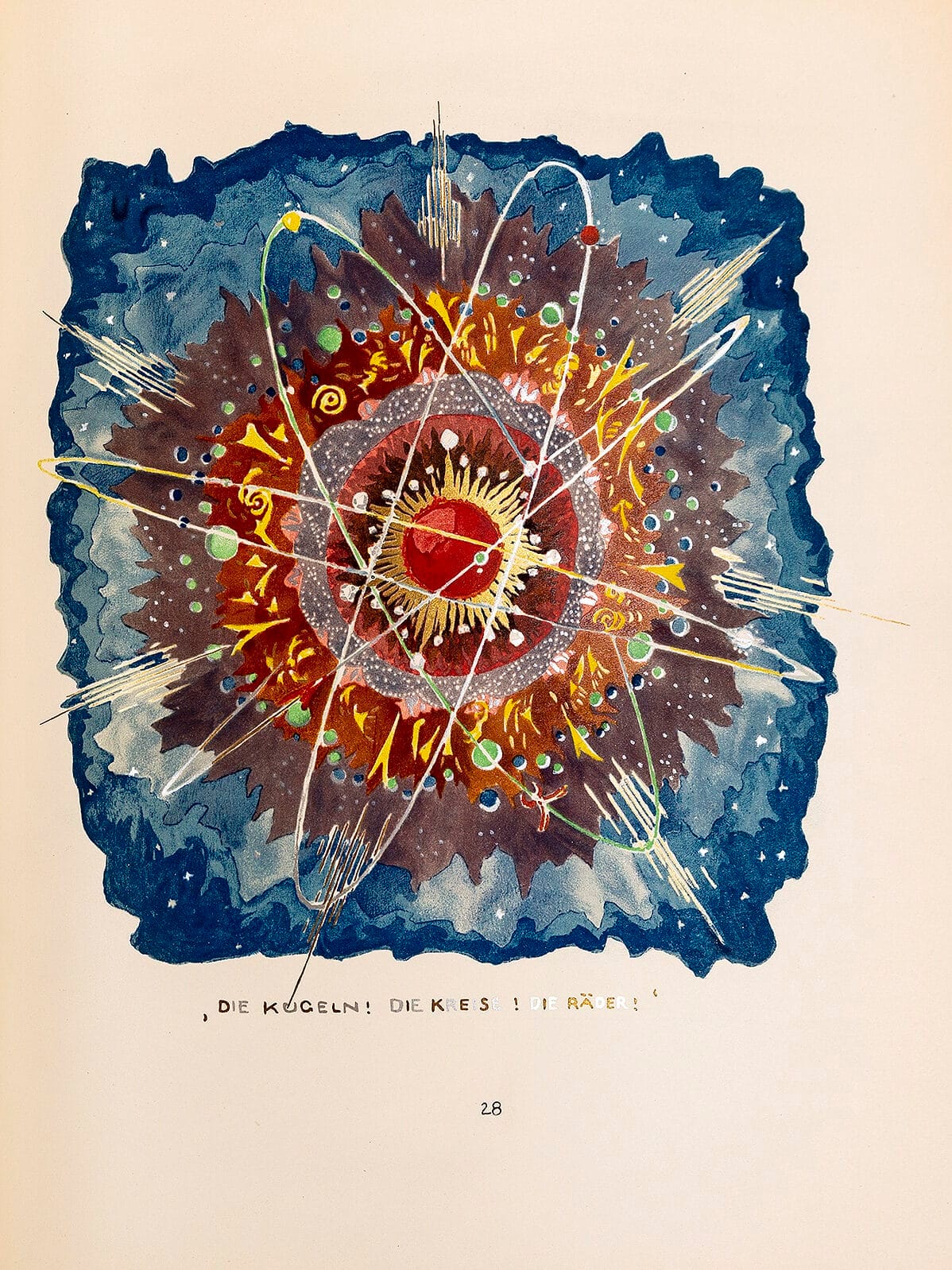
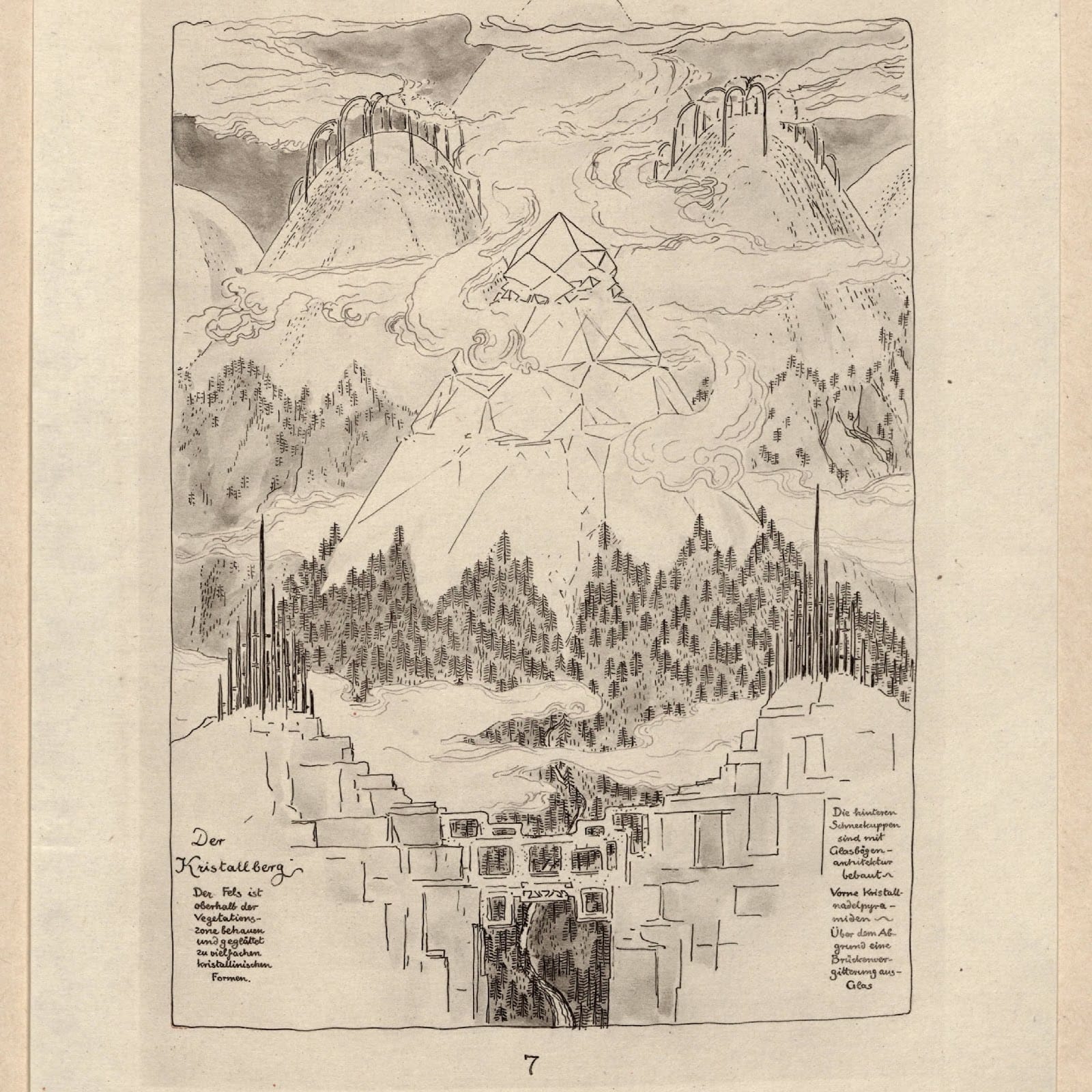
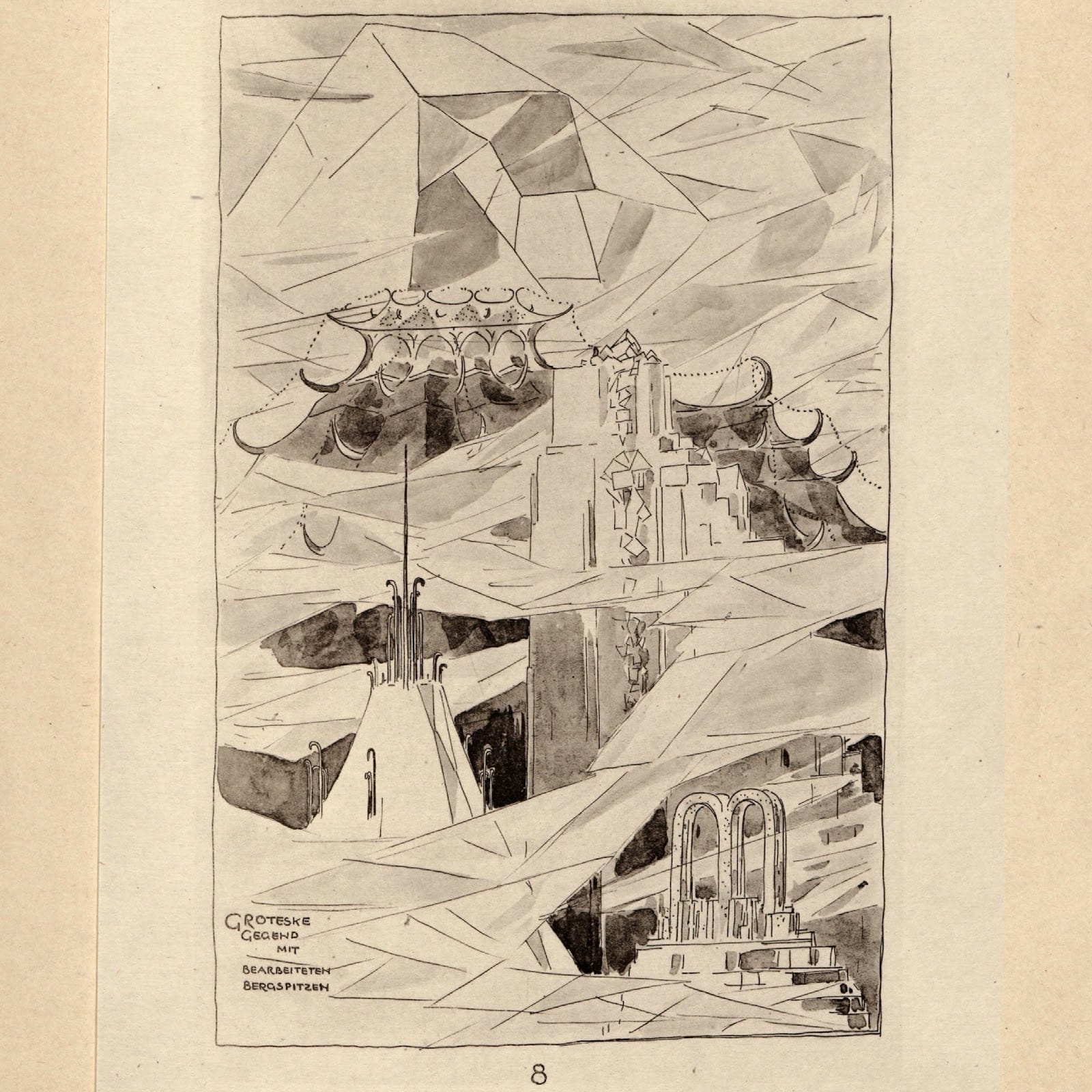
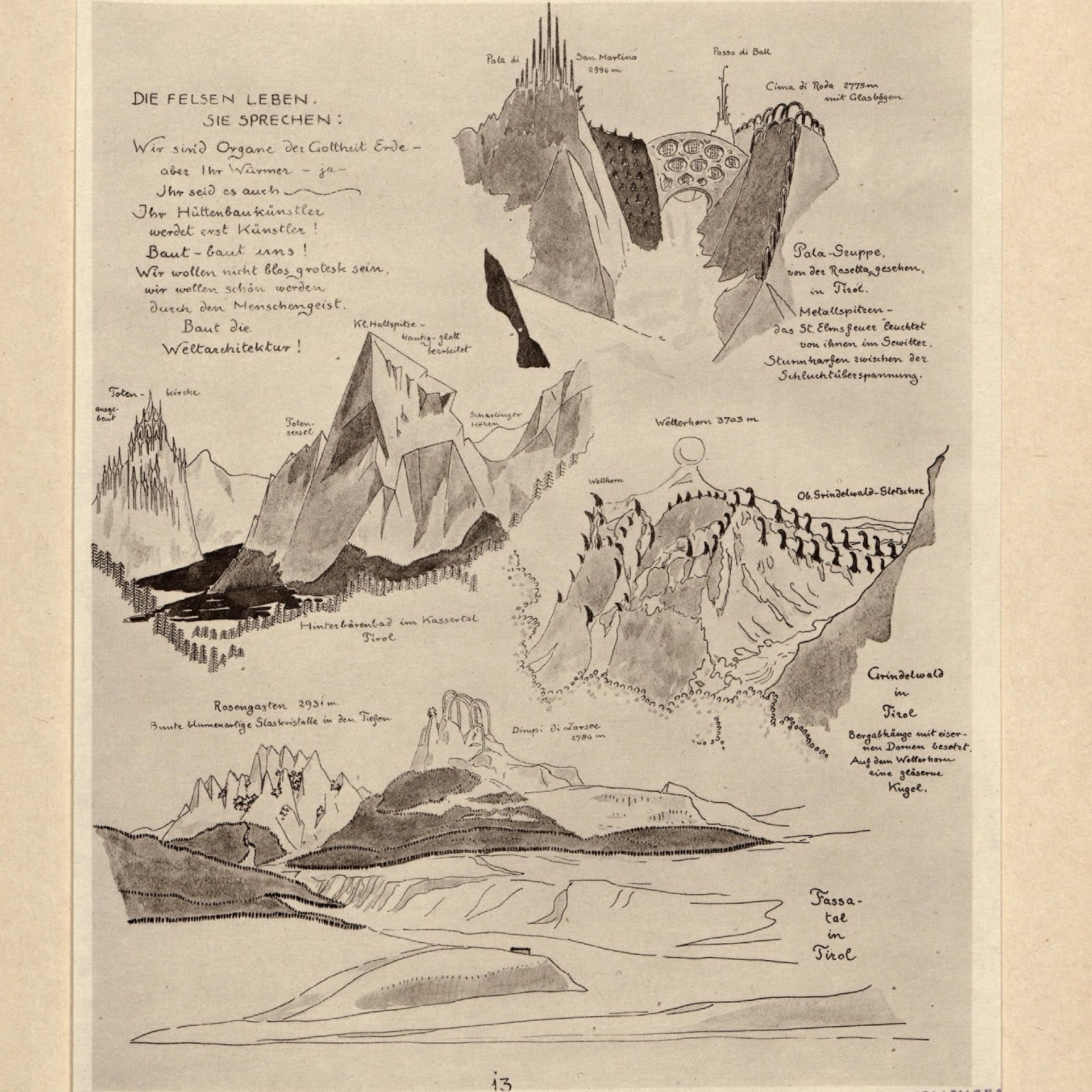
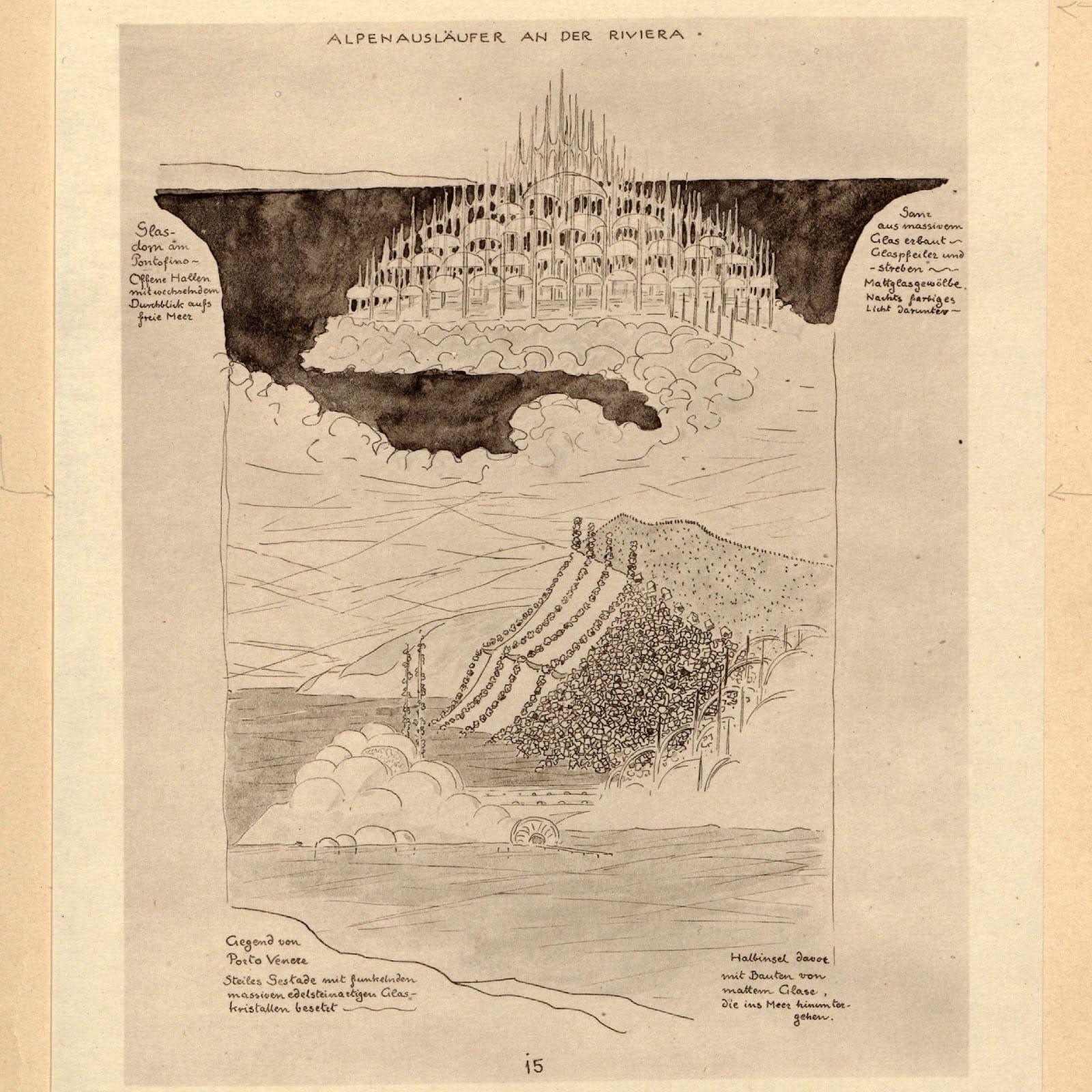
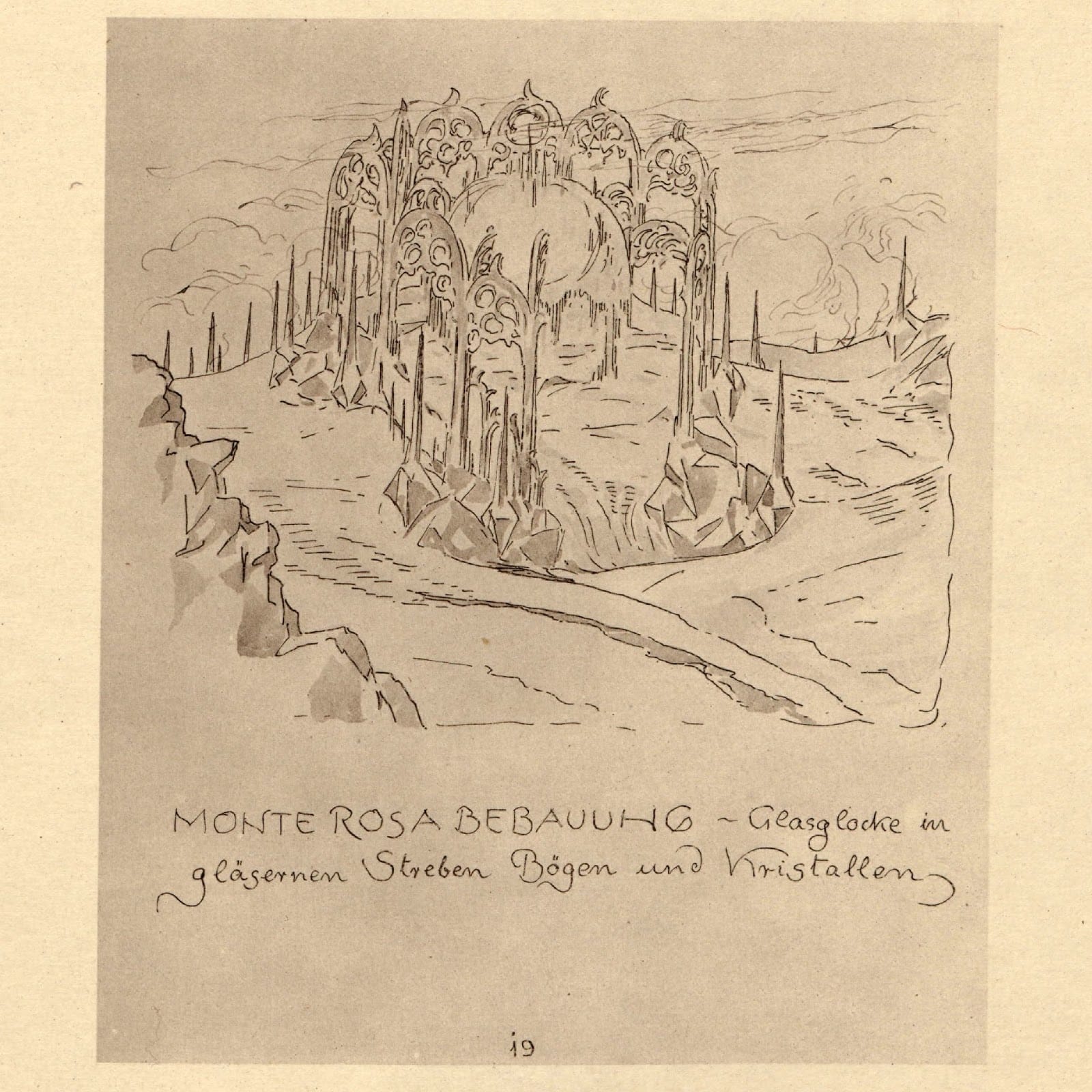
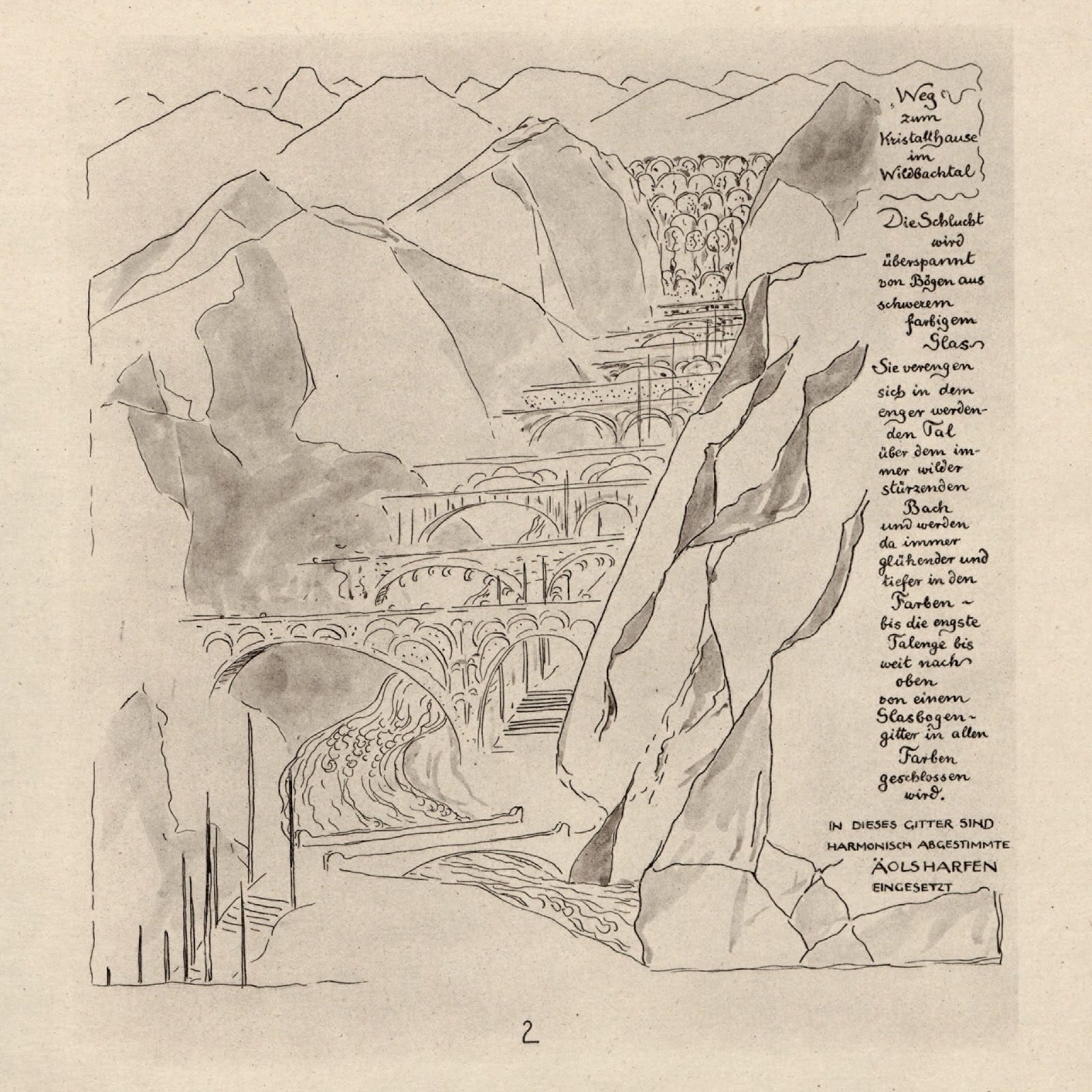
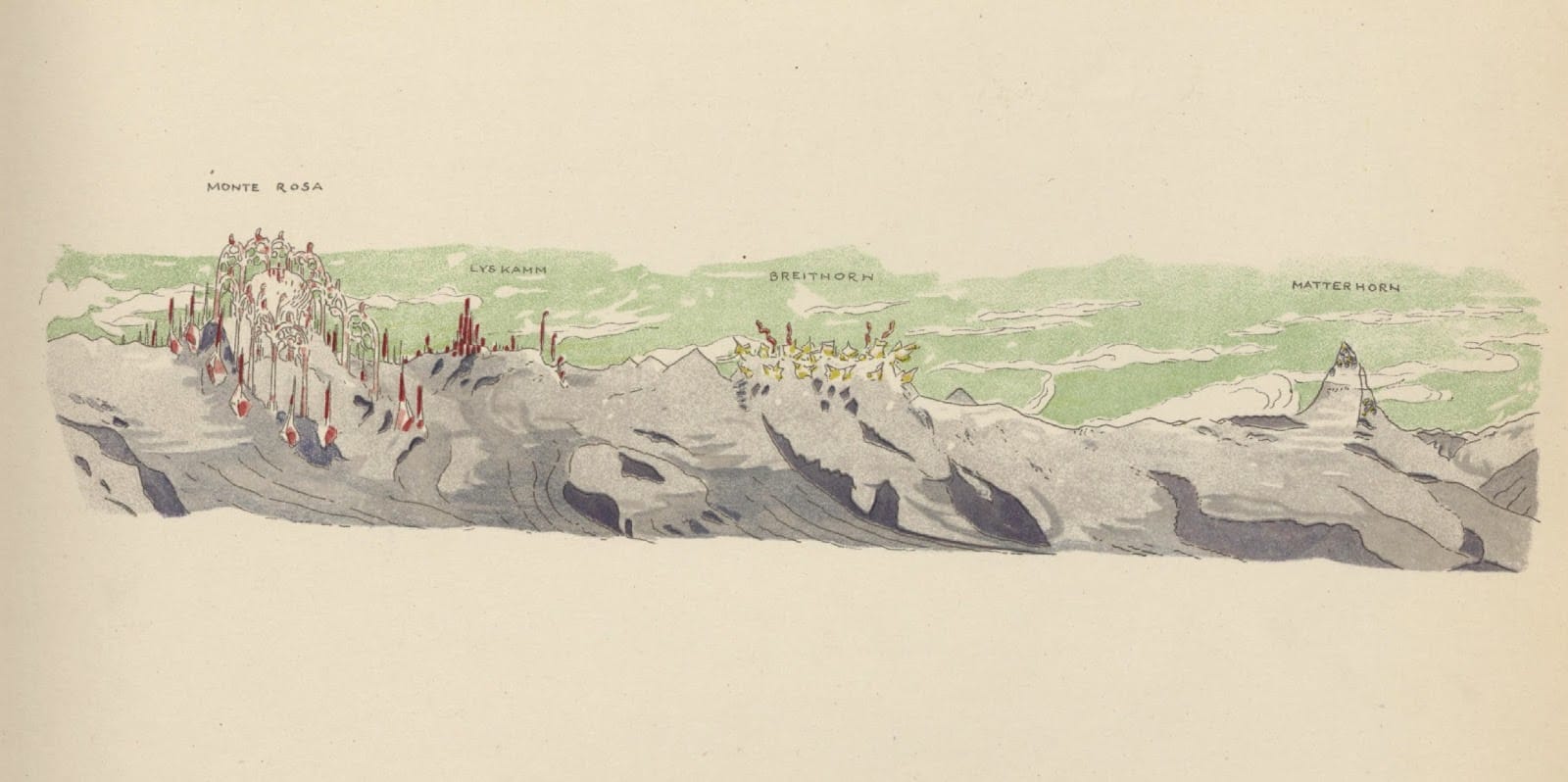
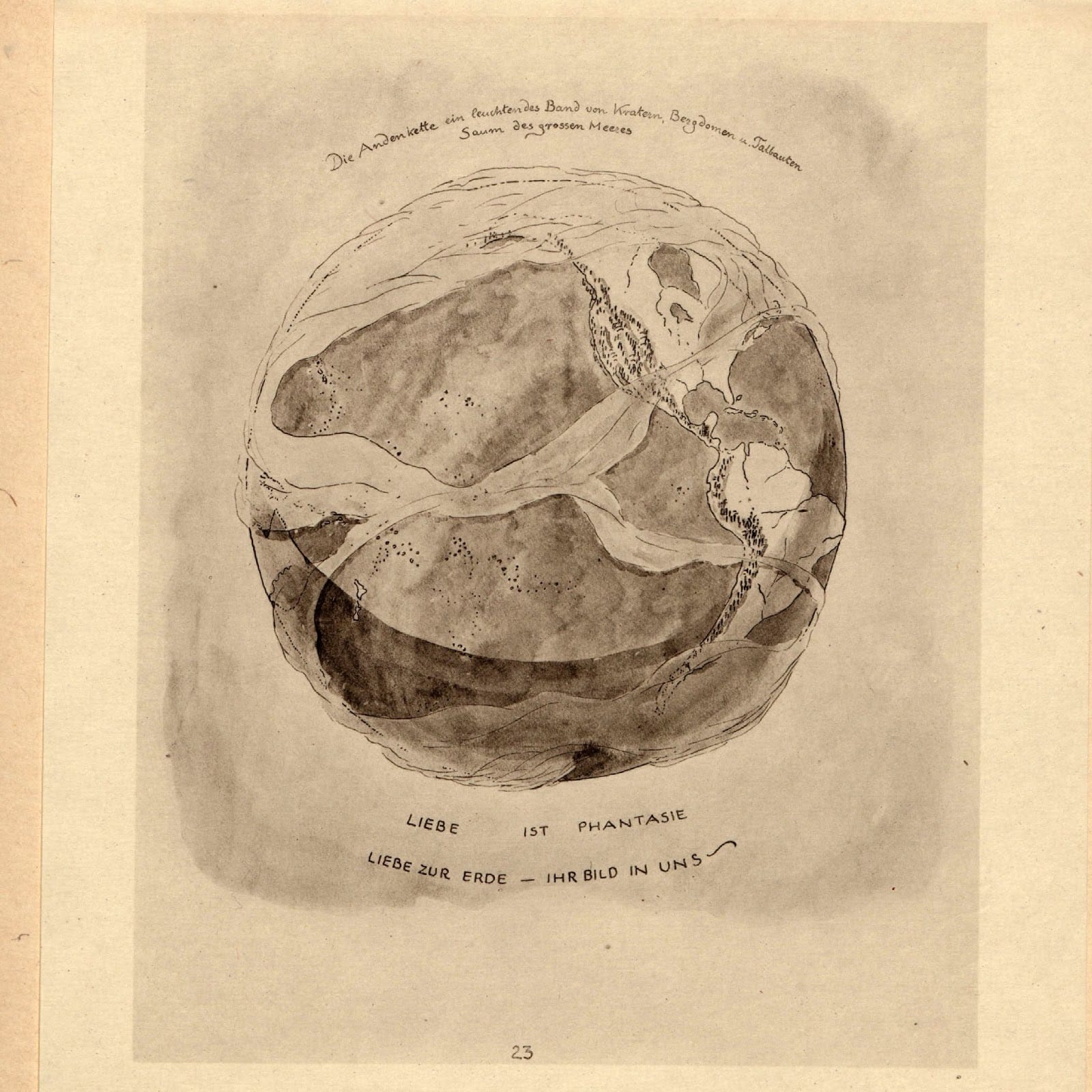
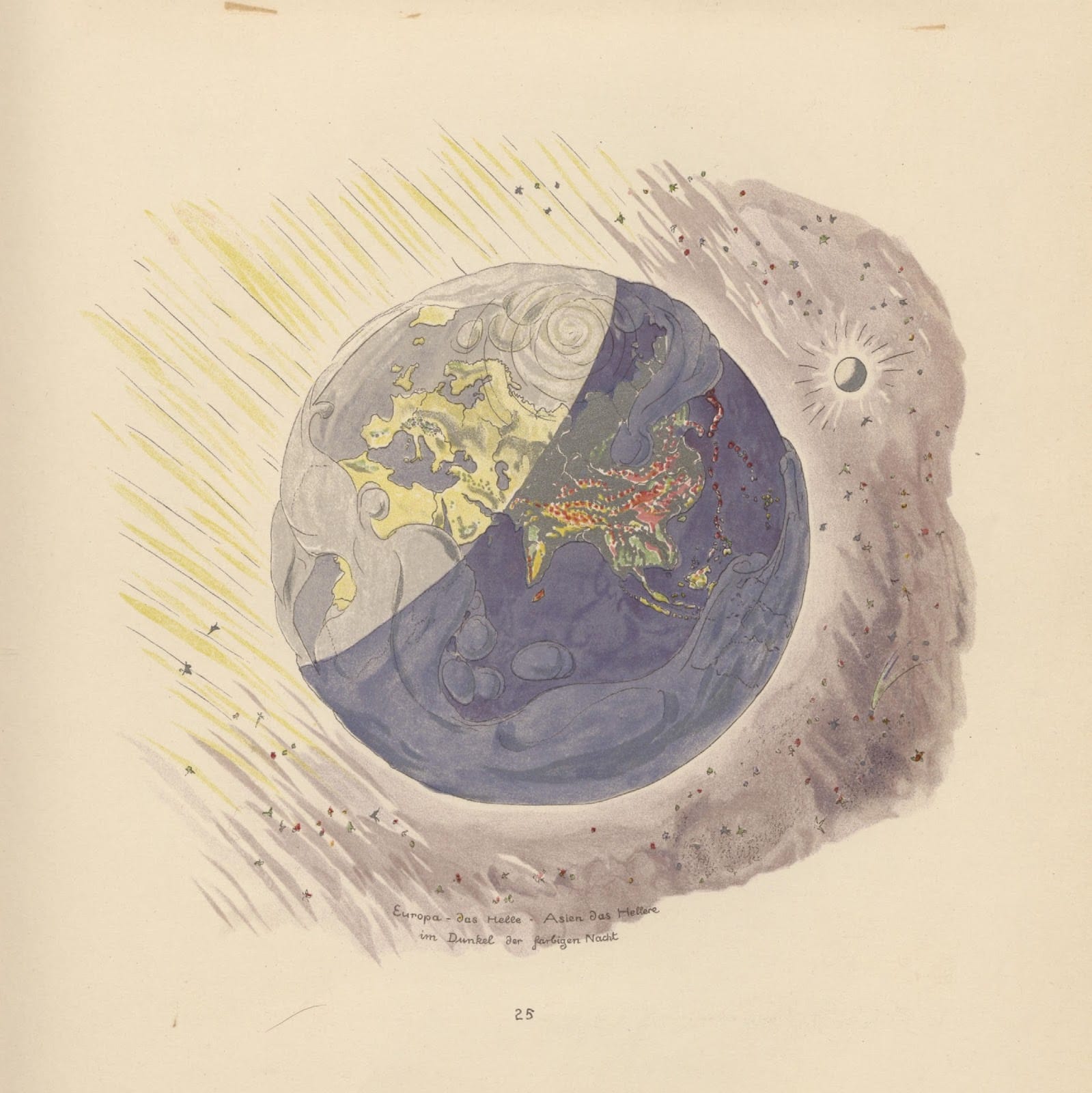
Images from Hidden Architecture and Drawing Matter.


